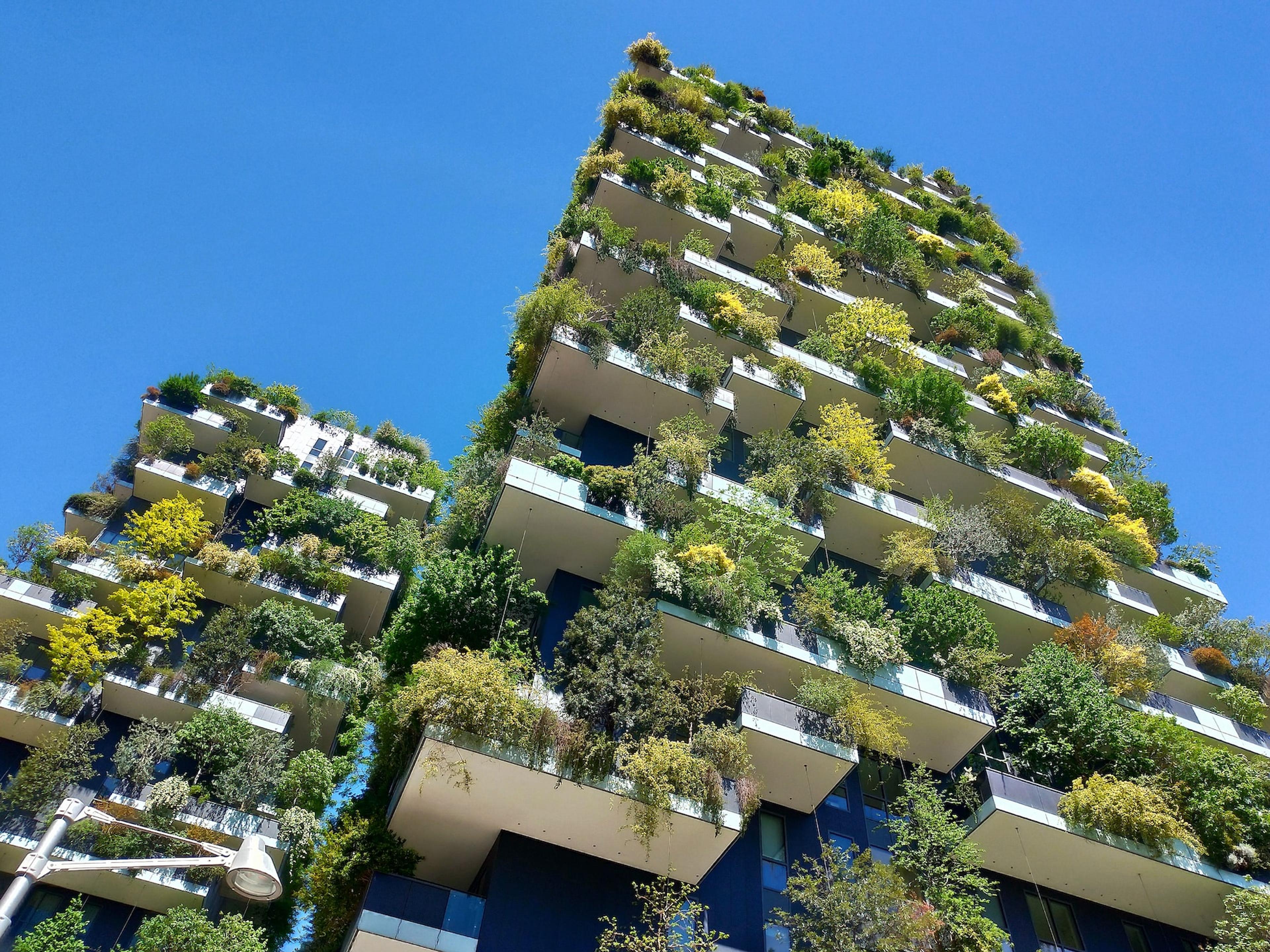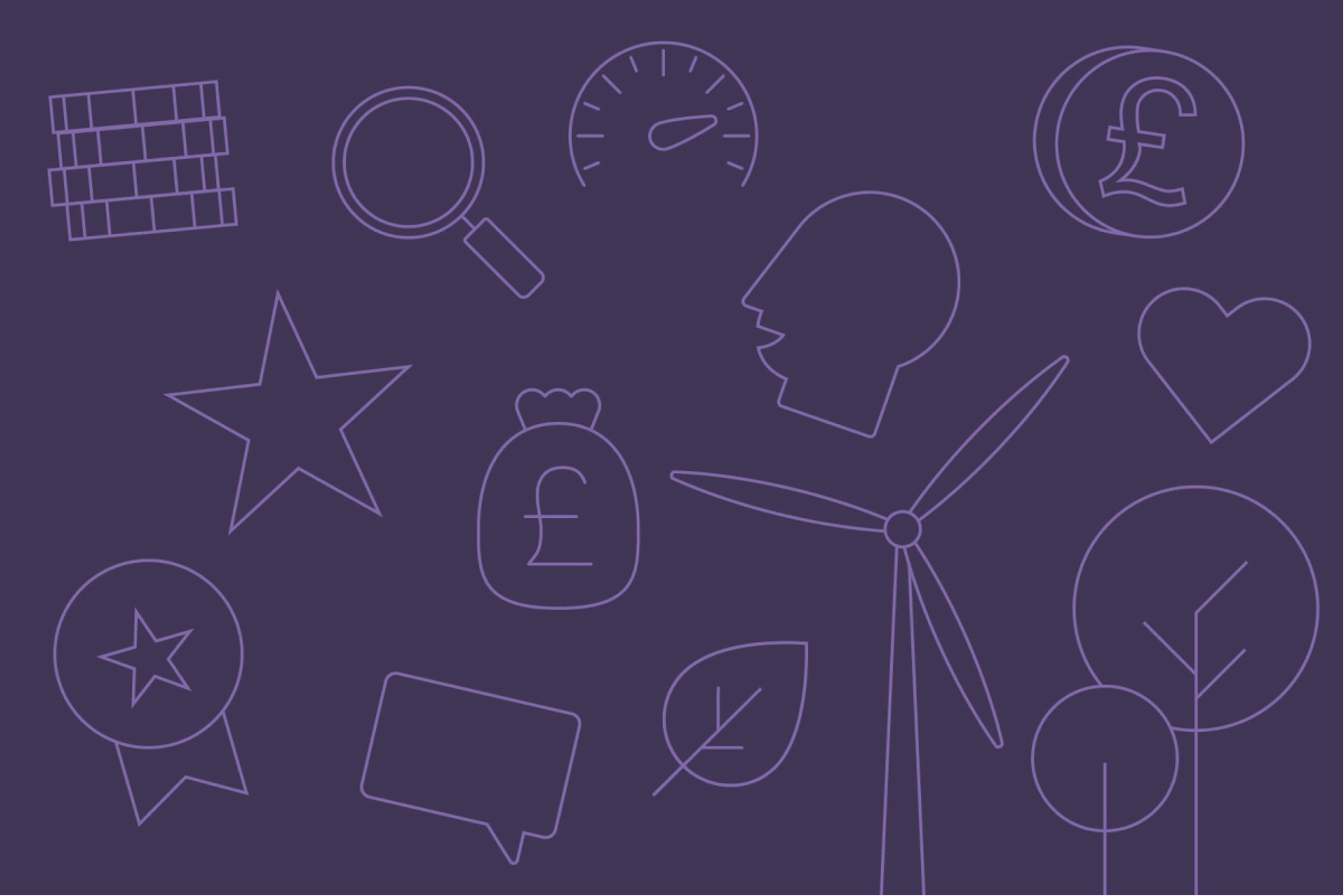Radical storytelling
by Sara Veale, Managing Editor, Future Spaces Foundation
2023
By focusing on the relationships between people, nature, climate and design, the FSF’s Building Natural Connections campaign threads the needle between environmental sustainability and social sustainability. Designing our built environment to mitigate the costs of issues like urbanisation and climate change – from coastal erosion to food insecurity – is a win-win for the health of both people and planet.
Throughout the campaign, we’ve highlighted the pivotal role of nature-based design in achieving this. As Dr Fiona Adshead, chair of the Sustainable Healthcare Coalition, noted in our webinar on the social value of climate-resilient development: “Nature brings together climate change and health in a brilliant way.” She pointed out that building nature into existing infrastructure in small increments is an easy and effective way to introduce its benefits. “Smaller bouts of nature – a few plants, a few trees – can really transform people’s lives and experience and tackle issues around inequalities. It’s been shown, for example, that poorer communities with access to nature don’t have as high rates of death from heart disease as others.”
Dr Adshead also emphasised the ties between nature and wellbeing, noting that contact with nature can enrich learning abilities, brain development and personal relationships. “Solutions don’t have to be complex. It’s partly about what we build in, whether it’s nature or brilliant architecture, but it’s also giving people opportunities and permission to connect with each other.”
As part of a recent takeover day dedicated to learning more about sustainability in our industry, I led Make’s London studio in a workshop about nature-based solutions (NBS) in urban environments. The aim was to explore how we can use creative types of storytelling to help more people – from architects to investors to the general public – understand the benefits of nature-based development in our cities.
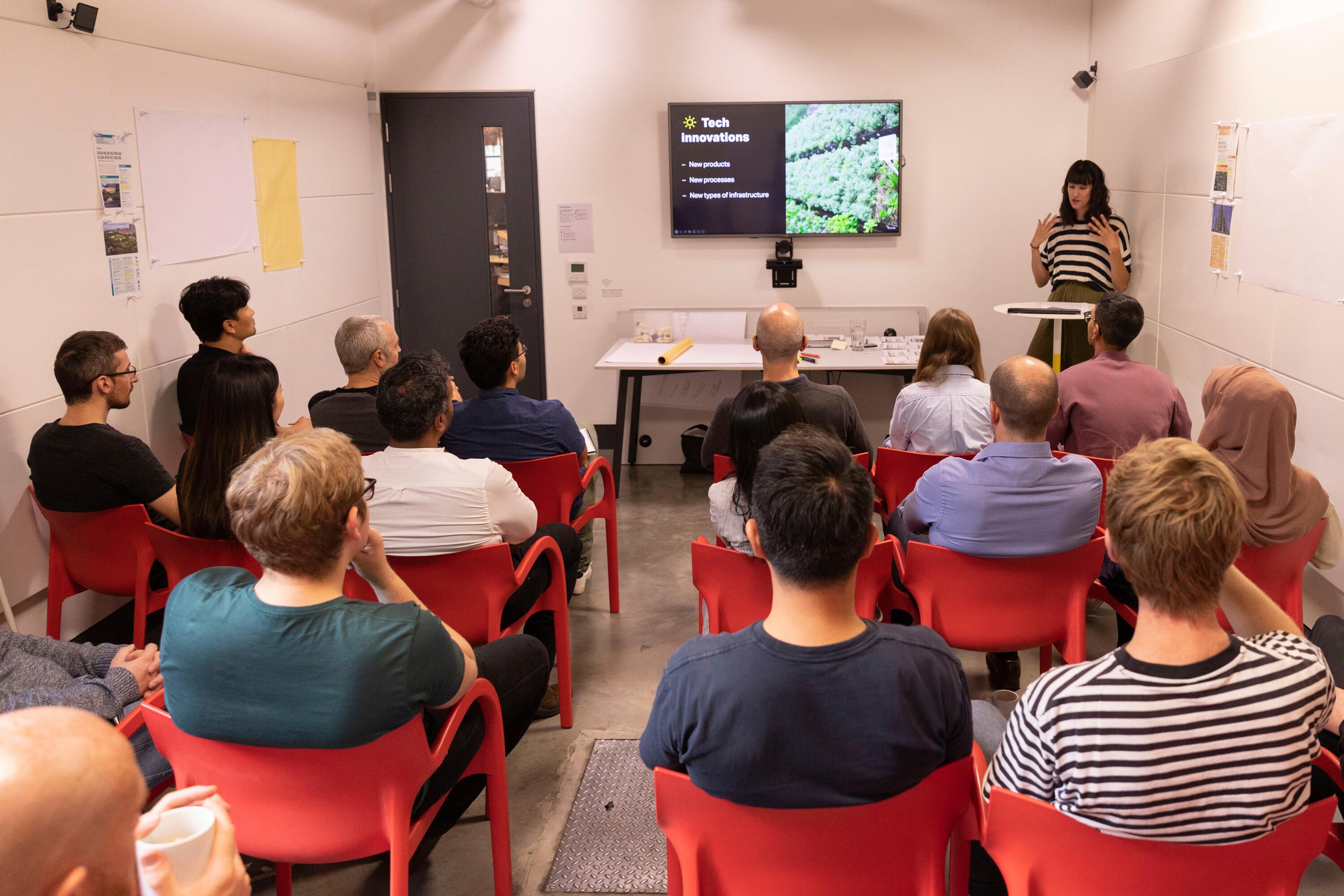
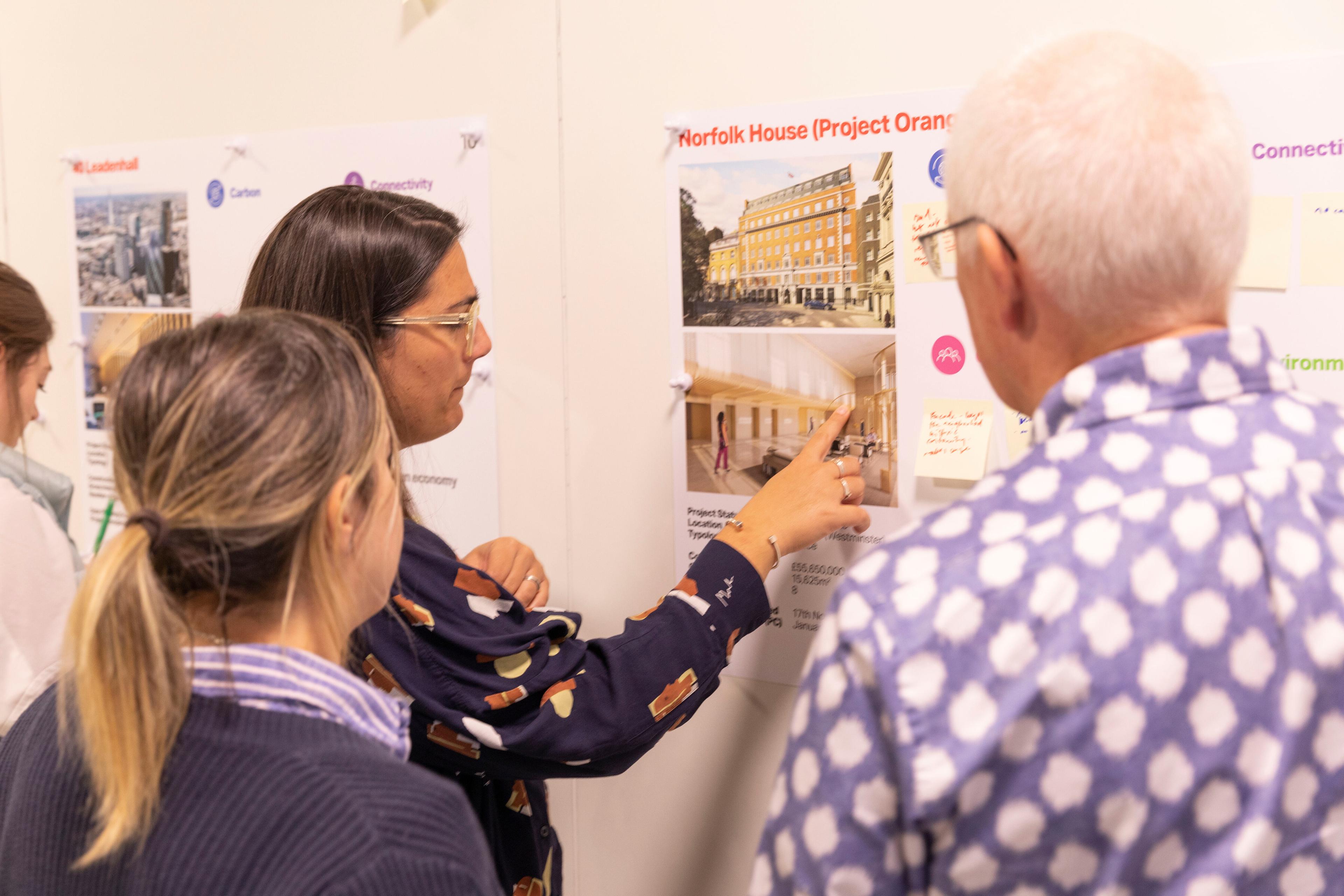

NBS is the formal term for actions, policies or projects that use nature to address societal challenges like job security, famine, water shortages, migration and natural disaster risks. That ‘societal’ component is what differentiates NBS from pure conservation work: along with safeguarding biodiversity and protecting, restoring and managing ecosystems, NBS also aim to improve human health and wellbeing.
NBS span many forms and scales, from reforestation projects to green public policy frameworks. They’re especially important in cities, which are responsible for the majority of the world’s energy consumption, natural resource consumption, carbon emissions and waste. There’s a growing global movement to use NBS to help meet climate adaptation and mitigation goals and, in turn, enhance urban liveability.
A key recommendation to come out of Building Natural Connections is for built environment professionals to promote more creative communication around the topic of sustainability. The way we talk about sustainable development – and the role of nature within it – is crucial to effecting the right kind of change. In the workshop, we discussed how the way we choose to share information, especially when we’re trying to persuade someone of something, has a tangible impact on how that information is perceived. In fact, there’s physiological evidence showing that our brains process data better when we receive it in the form of a story. This is because stories stoke empathy in us; they use language, colour, tone and sensory triggers to forge personal connections that pique our interest and curiosity.
Naturally, storytelling encompasses books, plays and other texts, but oral, visual and digital formats also have their place – documentaries, podcasts, graphic novels, dance productions, stand-up acts, festivals, social media and more. Whether it’s a flash mob or a newspaper column, creative narratives can go a long way in balancing out the technical language that usually accompanies discussions about sustainability, especially in the built environment industry, helping articulate and emphasise the social value of interventions like NBS.
During the workshop I asked participants to consider live examples of NBS around the world and come up with novel ways of relaying these projects to people who’d never heard of them. No ideas were off limits, and the ones generated were even more imaginative than I’d hoped: a TikTok meme highlighting the carbon inefficiencies of concrete compared to natural materials; a game that invites users to reimagine a green belt for different cities; a murder mystery podcast about the mysterious death of local wildlife; and a nature documentary observing the antics of city-dwellers in urban forests, David Attenborough-style.
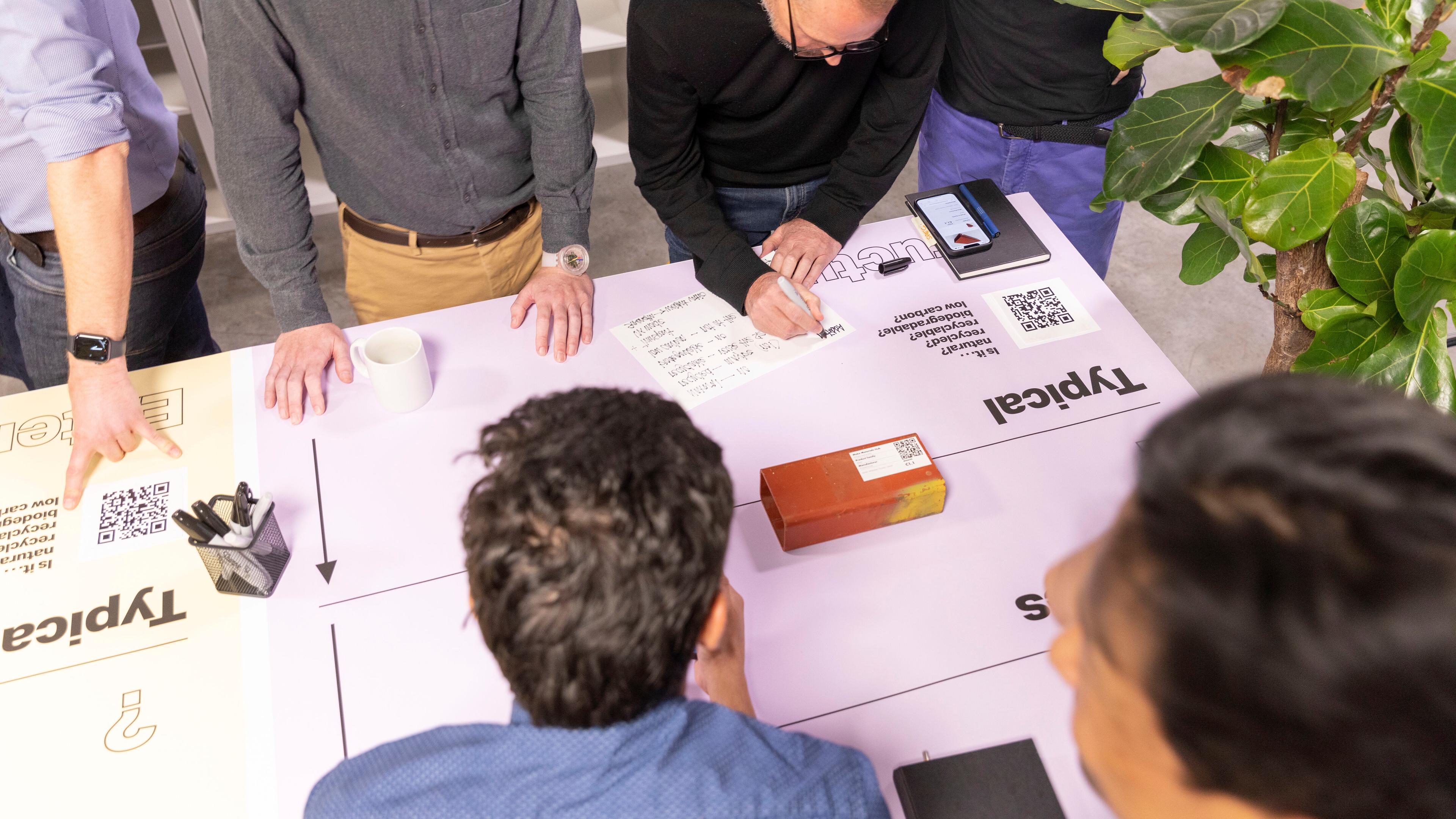
One of my favourite suggestions was a reality TV show documenting the behind-the-scenes drama between stakeholders of Milan’s Bosco Verticale project, a residential development with a forested facade designed to improve local air quality, biodiversity, temperatures and wellbeing. Another was an advertising campaign to encourage bugs to move to Salvador, Brazil, spotlighting the city’s urban rainforest rehabilitation effort, which includes the introduction of various insects to rebalance ecosystems and provide more carbon-sequestering greenery.
The relatability and unconventionality of these ideas underscore a salient point from one of our campaign collaborators, Dr Mustafa Santiago Ali of the National Wildlife Federation, about the influential power of creative storytelling in both community and corporate spaces: “For me, storytelling anchors people in their humanity. I can talk about parts per billion of a chemical, but that doesn't mean anything to anyone. But when Mrs Ramirez or Mr Johnson or Mr O'Leary talks about how their community once was, or what their vision is for the future, it changes the dynamic.”
It’s not enough to simply broadcast the details of NBS and other sustainable interventions; we need a more visionary, more radical approach to communicating their social and environmental significance. This is key to fostering the kind of sustainable urban development that ensures our cities are vital, healthy places to live, now and in the future.
